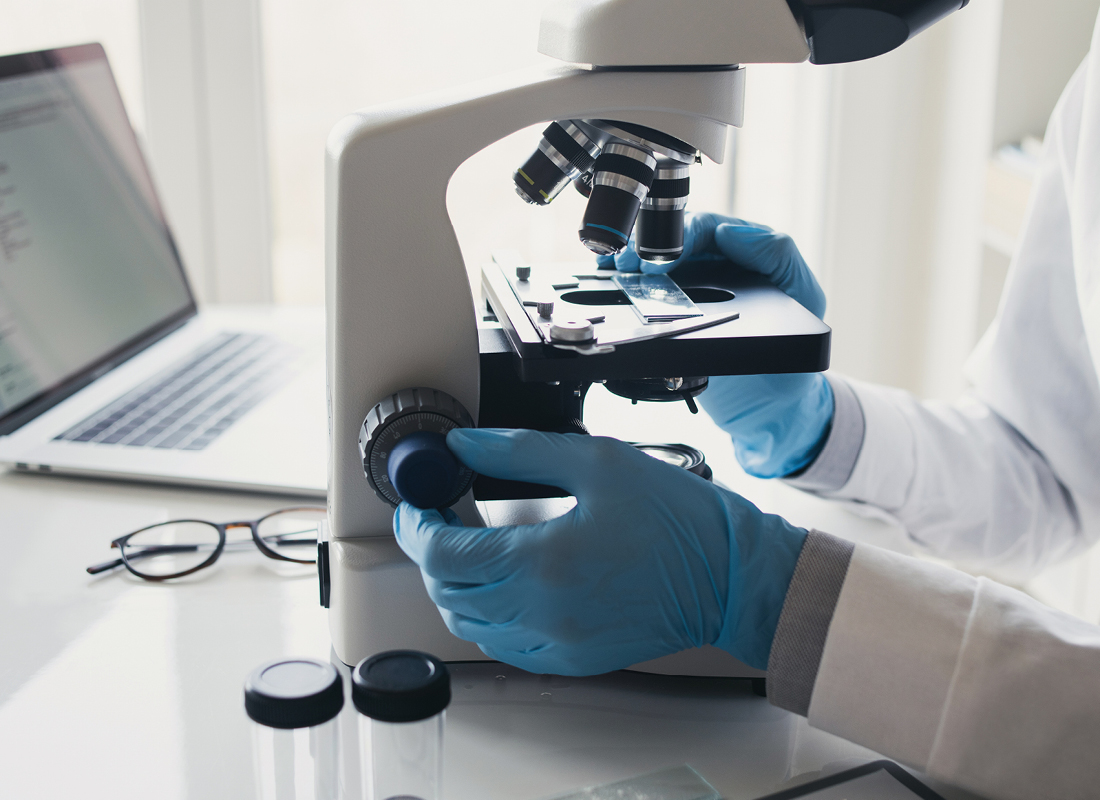Compliance Perspectives: 5 Ways to Avoid Kickback Risks When Placing Phlebotomists in Ordering Physician’s Offices
It’s not uncommon for labs to place a phlebotomist in a physician’s office to collect and process samples for testing. While not strictly illegal, this practice raises bright red flags under kickback laws. So, it’s imperative to carefully vet your in-office phlebotomist arrangements to ensure they don’t cross any kickback lines.

It’s not uncommon for labs to place a phlebotomist in a physician’s office to collect and process samples for testing. While not strictly illegal, this practice raises bright red flags under kickback laws. So, it’s imperative to carefully vet your in-office phlebotomist arrangements to ensure they don’t cross any kickback lines. Here’s how:
The Legal Risks of In-Office Phlebotomist Arrangements
The Anti-kickback statute (AKS) bans labs from offering or providing physicians anything of value to induce or reward the referral of patients covered by Medicare, Medicaid and other federal health care programs. The Stark Law and state antikick laws impose similar restrictions.
The problem is that while you might not think of it as such, placing a phlebotomist inside the office of an ordering physician may constitute the kind of remuneration that triggers liability.
When Arrangements Are Allowed
The good news is that the OIG has issued a Special Fraud Alert (Alert) specifically allowing these arrangements under certain conditions. As long as it’s okay under state law, the OIG says, a lab may make a phlebotomist who collects specimens from patients for testing at the lab “available to a physician’s office.” Mere placement of a phlebotomist wouldn’t necessarily constitute an inducement banned by the AKS (or, by implication, the Stark Law); but, the OIG continues, the arrangement becomes problematic “when the phlebotomist performs additional tasks that are normally the responsibility of the physician’s office staff.”
Implement 5 Safeguards to Minimize Kickback Risks
Even though the OIG issued the Alert way back in 1994, it remains the definitive word on the legality of in-office phlebotomist arrangements between testing labs and ordering physicians. Bottom Line: The key to protecting your lab from liability risks is to structure your arrangement so that it meets the OIG’s parameters. Specifically, there are five things you should do:
1. Make Sure Arrangement Isn’t Banned by State Law
As the Alert acknowledges, in-office placement of lab phlebotomists is only legal if it’s allowed under state law. And at least five states (CA, FL, NJ, NY and PA) specifically ban or severely restrict such arrangements. (For a detailed analysis of the state laws and how to comply with them, see Lab Compliance Advisor, (LCA), Deborah Kantar Gardner, Esq., “Laboratory Phlebotomists in Physician Offices? States Increasingly Saying ‘No’”)
2. Limit Phlebotomist Duties to Strictly Lab-Related Tasks
The key to the arrangement’s legality is the scope of the phlebotomist’s duties, which should be strictly limited to tasks directly related to the collection and processing of the specimen to be tested. “Where the phlebotomist performs clerical or medical functions not directly related to the collection or processing of laboratory specimens, a strong inference arises that he or she is providing a benefit in return for the physician’s referrals to the laboratory,” the Alert warns.
3. Specify Which Tasks Phlebotomist May & May Not Perform
Although not expressly required by the Alert, Savannah, Georgia, laboratory compliance attorney Adam Walters strongly advises spelling out the exact tasks that phlebotomists can and cannot perform. The chart below comes from the language Walters has prepared for his own clients (which is incorporated as a Model Agreement.).
Permissible Duties of In-Office Phlebotomist
| OK | Not OK |
|---|---|
| *Collecting specimens for testing at lab, affiliated reference lab or lab with collection agreement *Specimen preparation for transporting *Specimen packaging for transporting *Clerical duties directly related to handling + processing of lab specimens, e.g.: > obtaining billing information for lab’s use > ensuring accurate completion of lab requisition form >confirming processing of specimen reports |
*Assisting, in any manner with Point of Care testing with a CLIA waived cup or physician’s lab office analyzer in which physician is billing *Performing medical or nursing assistant duties for physician’s patients, including but not limited to taking of vital signs *Any other medical tasks that are customarily the responsibility of the physician’s office staff *Any administrative and/or clerical duties that are customarily the responsibility of the physician’s office, including but not limited to: > answering the physician facility’s phones > filing and/or reviewing patient files > registering patient demographics into physician facility’s computer system *Providing or offering any gifts or personal services for physician’s facility providers, management or office staff |
4. Ensure Strict Monitoring of Phlebotomist
The mere existence of a contract between the lab and physician that bans the phlebotomist from performing services unrelated to specimen collection isn’t enough to satisfy the OIG’s kickback concerns, according to the Alert. The contractual restriction must be “rigorously enforced” and the phlebotomist “closely monitored” by his/her employer.
5. Ensure Physician Doesn’t Charge for Phlebotomist’s Services
Last but not least, the host physician may not charge payors for the services the phlebotomist provides.
Takeaway
Although the Alert and above analysis specifically addresses phlebotomists, you can easily adapt it for any other personnel you place in ordering physicians’ office to assist with collecting and processing specimens for testing at your lab.
Subscribe to view Essential
Start a Free Trial for immediate access to this article